Exterior
Cheaper, yet decent cases are not completely gone from the market yet. One such case is the Prime AP201 from Asus’ lower-end. Considering the price well under 100 EUR, you get a case with a above-standard build quality, which is characterized by the “infinite” perforation. Cool air is thus available to components theoretically from all sides. But this also means that it doesn’t damp noise too much. The question is what weighs more in the bigger picture.
Basic parameters
| Parameters | Asus |
| Prime AP201 | |
| Supported motherboard formats | Mini-ITX, mATX |
| Supported PSU format | ATX |
| CPU cooler | up to 170 mm |
| Graphics cards | up to 338 mm |
| Fan | 6× 120 mm (1× pre-installed)/2× 140 mm |
| Supported liquid radiators | 1× up to 280/360 mm |
| 2,5" positions | 1 + 3 shared |
| 3,5" positions | 3 shared |
| 5,25" positions | 0 |
| Dimensions [H/D/W] (and volume) | 350 × 460 × 205 mm (33 l) |
| Weight | 5.8 kg |
| Materials | steel + plastic |
| Connectivity | 2× USB 3.2 gen. 1 type A + 1× USB 3.2 gen. 2 tyep C + 2× 3,5mm jack |
| Approx. retail price | 80 EUR |
Exterior
The case, packed in a cardboard box, is surrounded by foam, which is rare in its price range. It makes it much easier to take the case out of the box, and it also doesn’t make a mess like polystyrene balls. The accessories include screws and single-use zip ties in addition to, and unconventionally, spare studs/clips for securing the outer panels. After all, it’s a fairly fragile, moving part and being able to replace it when damaged will come in handy.
Out of the box, you have a sturdy mini-tower case in front of you, but with the length of those midi-tower ones. The tested AP201 version is largely made up of metal only and that includes the left side panel. Each side of the case has a large number of 1.5mm holes. Their number is over 57,000 according to the manufacturer, so it is a very well ventilated case with the potential for efficient cooling. You can also choose a variant with tempered glass instead of holes in the left side panel.
The only telltale sign that it is an Asus case is on the right side panel. Even that is very unobtrusive and quite small for the size of the case. The latching mechanism holds the side panels firmly on the case and thanks to it, it is also possible to easily take them off tool-lessly. Fractal Design uses almost the same method for more expensive cases. The only difference is in the shape of the handle and the pin.
The front part, as well as the side panels, is perforated almost entirely. On the top of it there is a strip of solid sheet metal with a mounted I/O panel. I appreciate its placement in the front and not on top, mainly because it makes it much harder for dust to get into the connectors. It also makes accessing the I/O panel easier if you have the case placed on a desk. There are three USB connectors, one of which is Type-C. Although the price of the case is well under 100 euros, its theoretical speed is up to 10 Gbps. The other two type As reach theoretical speeds of up to 5 Gb/s. There’s also a 2×3.5mm jack for headphones and microphone. In the middle between the connectors, you’ll find the power button lined with a white LED backlight, indicating active status. Pressing it is pleasant, with a tactile response.
Behind the front panel, which can be removed just as easily as the side panels, there are additional openings. But this time they are bigger. But this space is not intended for system fans as is usually the case. Along the sides of the top section is a trio of holes that allow you to adjust the positioning of the power supply mount from the inside. The bottom half can accommodate storage. Either 2.5″ into the holes marked “S” or 3.5″ into the ones marked “H”.
The top of the case only serves to vent the warm air from the case. Under the removable panel you will find positions for three 120 or two 140 mm fans. Alternatively, you can also use the space to mount a 280/360 mm liquid cooler radiator.
In the back of the case you will not find a hole for the power supply but only a power connector in the top. I miss the power switch here though, as there is no power supply outlet. There is plenty of space where the switch could be placed. You could cut out the perforations right next to the connector. You’ll also find a hole for the motherboard I/O panel and four slot covers for PCI Express expansion cards. The number of caps indicates that the ATX motherboard format is not supported in this case.
The lower part of the case is perforated like the rest of the case. As a bonus, there is also a fine nylon dust filter. This is attached to the case by magnets around the perimeter, making it relatively easy to remove and clean. That is, except that you have to lift some part of the case to remove it. The edges are precisely shaped to fit between all four feet. These are fitted with non-slip pads and these hold the case firmly in place.
- Contents
- Exterior
- Interior
- Test methodology
- CPU and GPU cooling tests
- Motherboard cooling tests
- SSD cooling tests and under-ceiling temperature
- Conclusion





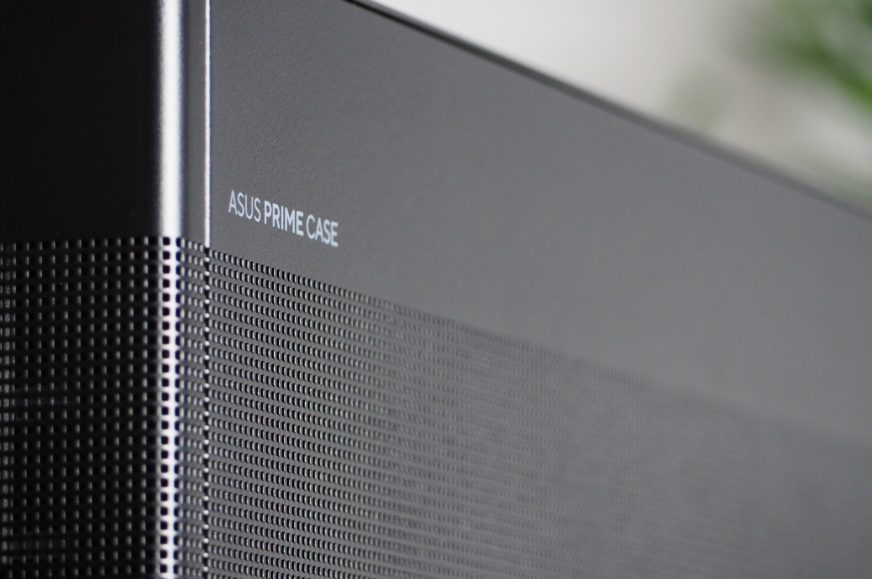


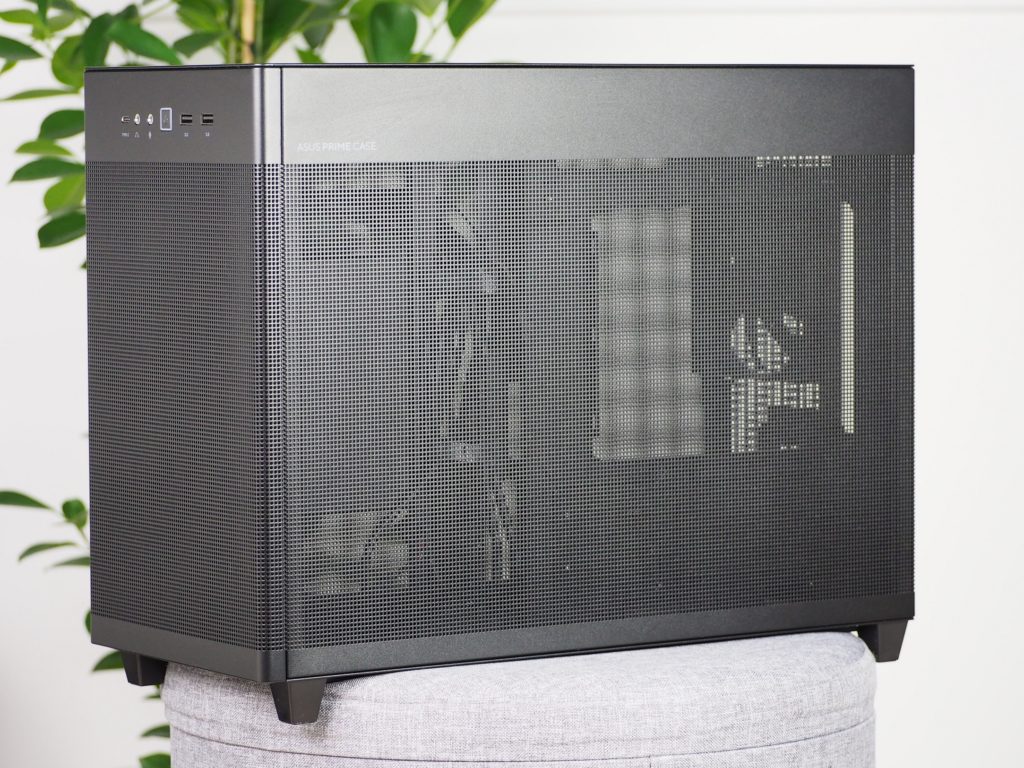
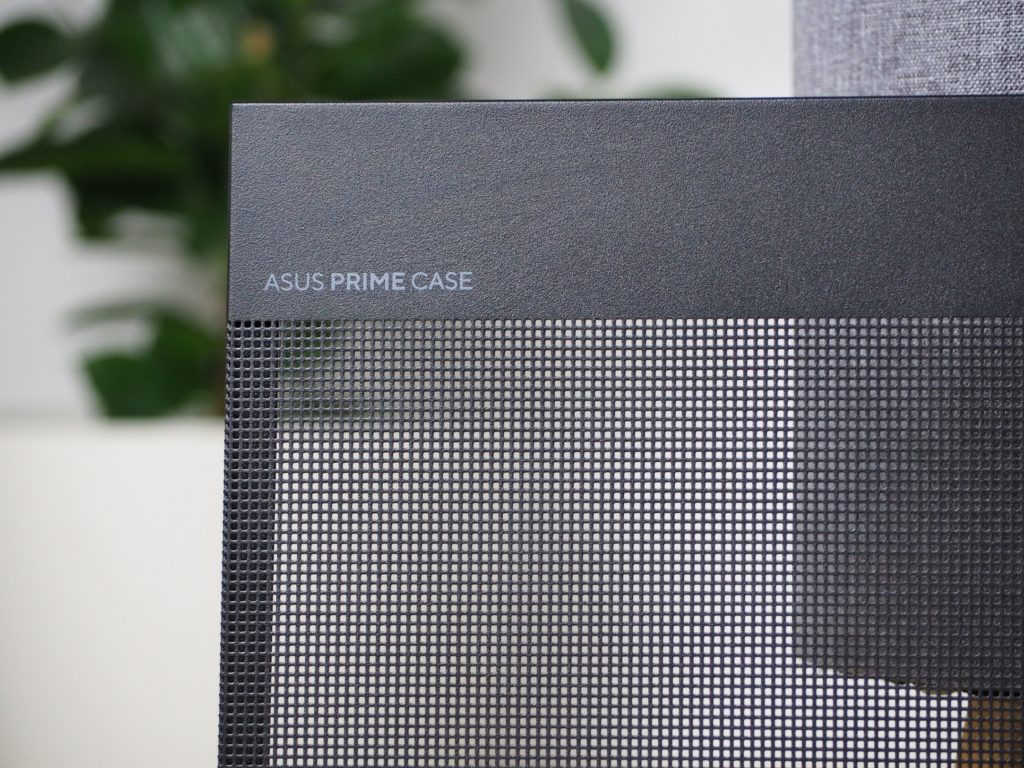
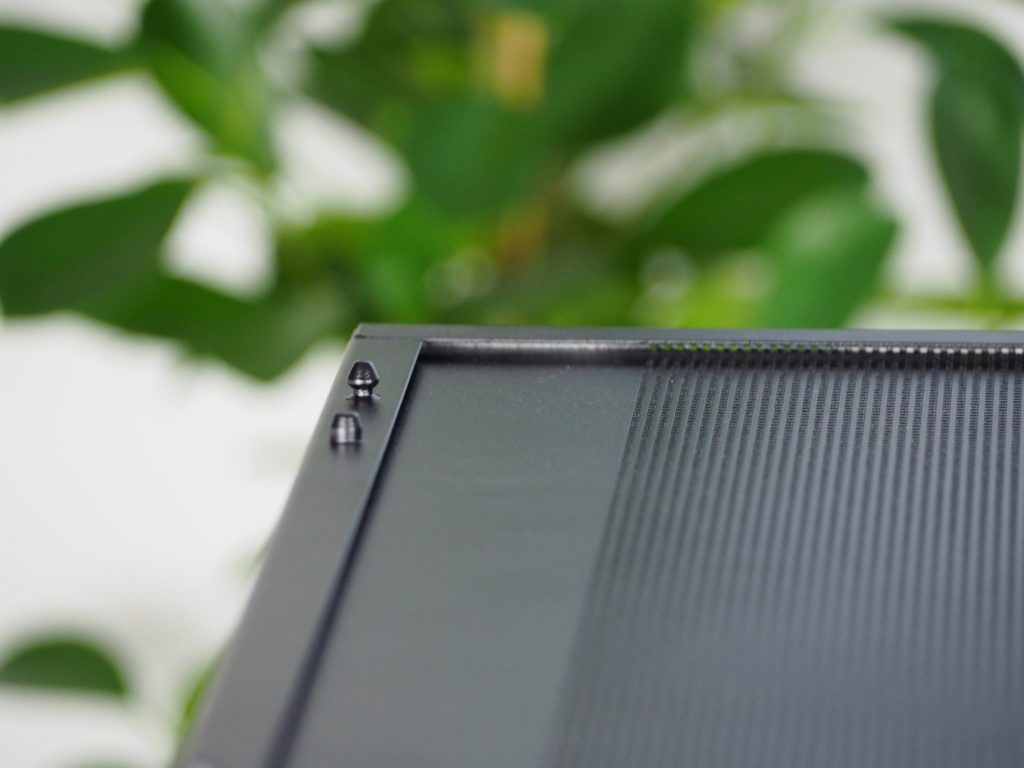
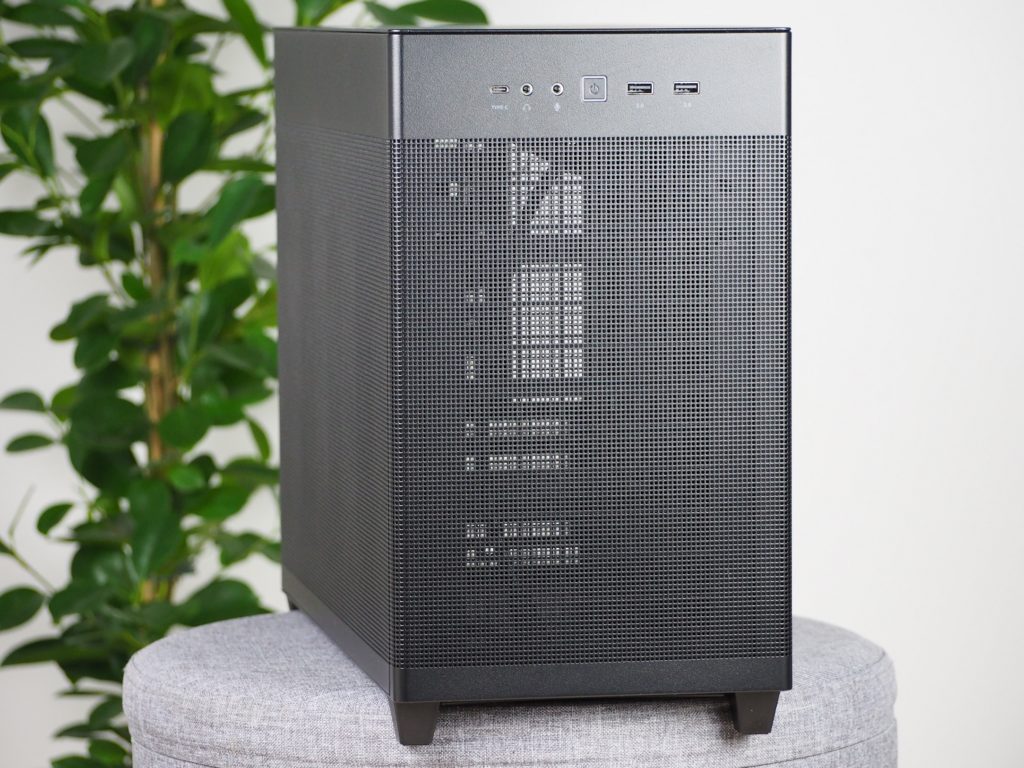

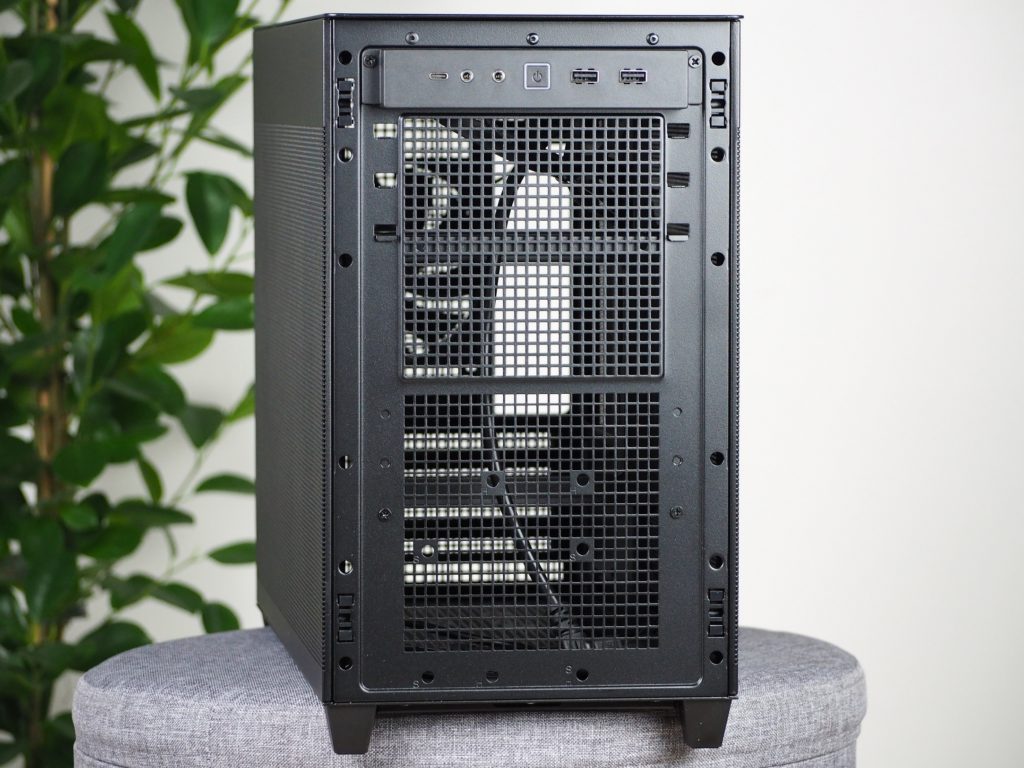

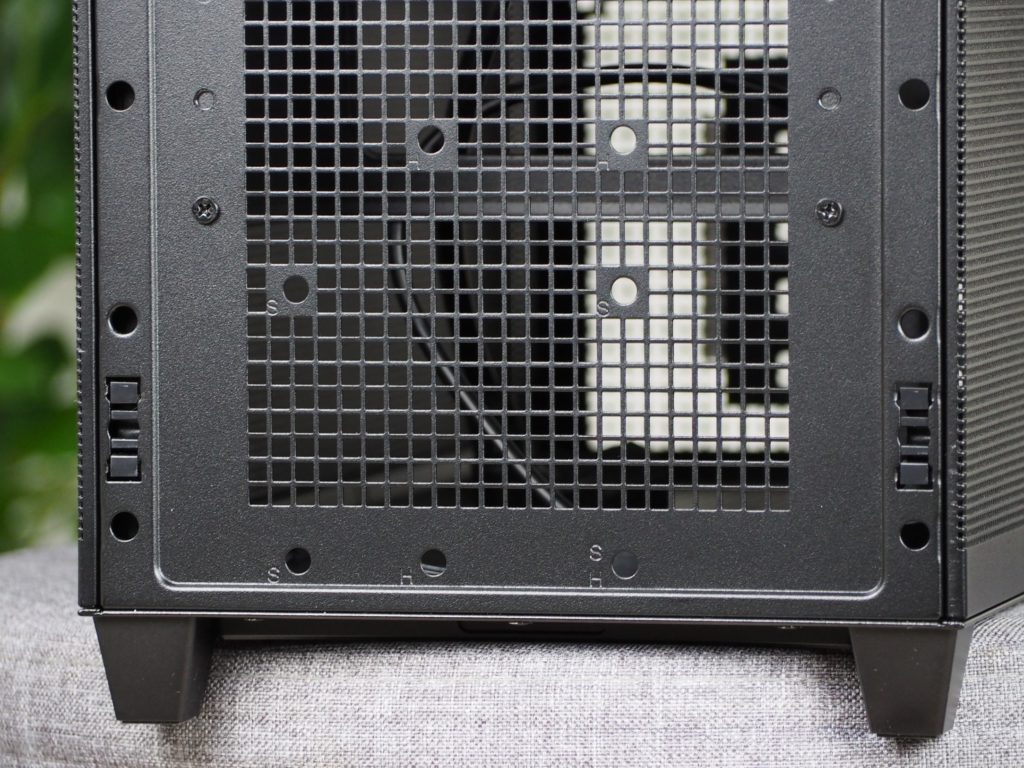

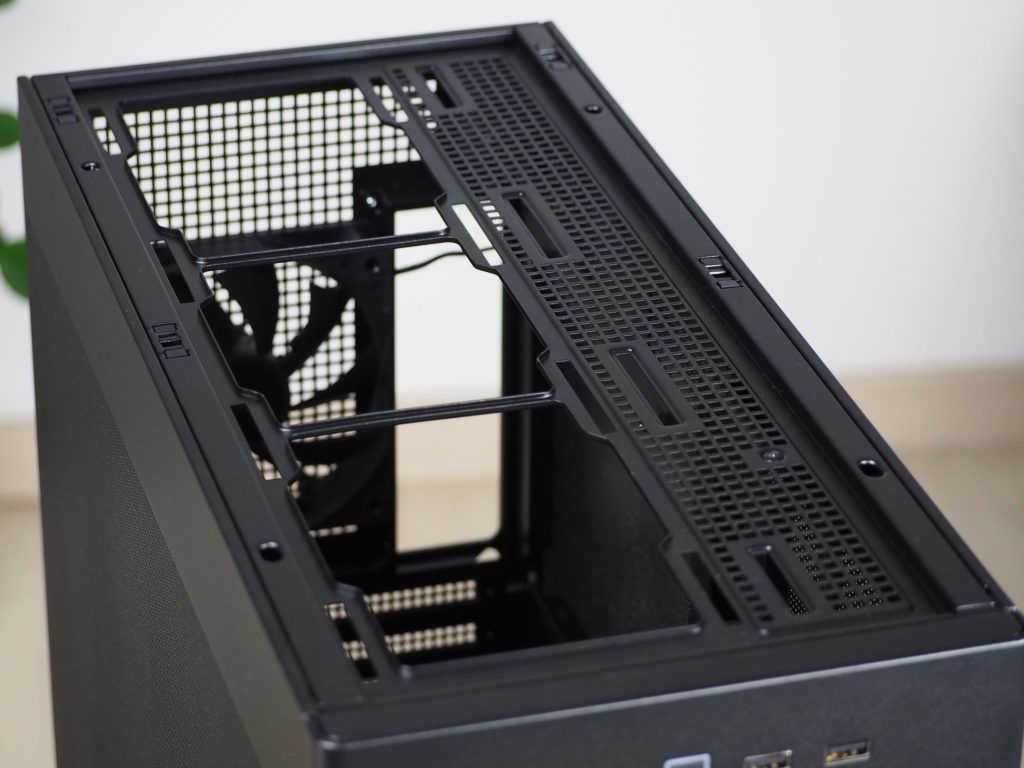
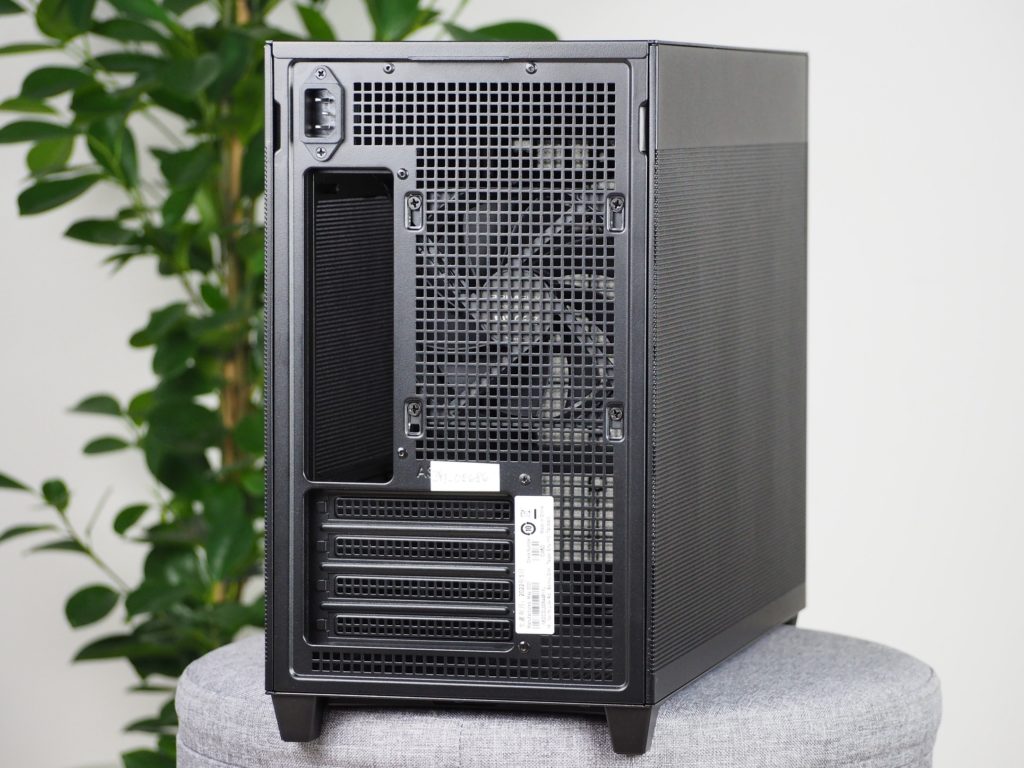
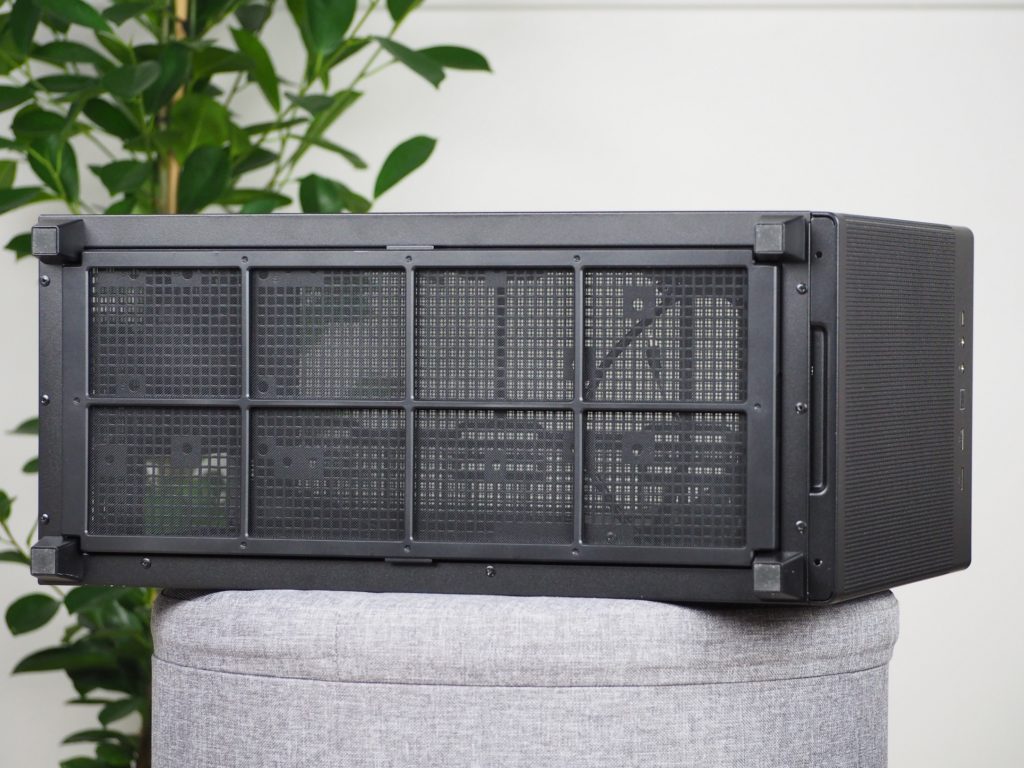






I am curious why adding two fans blowing air to the GPU worsened its temps. Perhaps it’s because the fans have to spin slower overall to achieve the same noise level? The bottom panel plus the filter do look quite restricted so the bottom fans might be providing fairly low airflow.
I like them applying the front PSU mount (more commonly seen in SFF cases) to mainstream cases though, it saves lots of space and airflow can still be great. 3 top fans exhausting air + flipping the CPU cooler to take air in from the back will likely lead to the best balance of CPU/GPU thermals when using air coolers.
The reason is probably quite simple. In a single-fan configuration, at equal noise levels, the fan on the exhaust is significantly faster than in a three-fan configuration. Not only the cooling of the graphics card, but the overall cooling (including the CPU, power delivery surroundings and SSD) is weaker probably due to more heat build-up when the fan on the exhaust is slower. This behaviour is quite typical and at equal noise levels, we usually measured a higher efficiency in a negative pressure configuration in this test of different system cooling configurations as well.